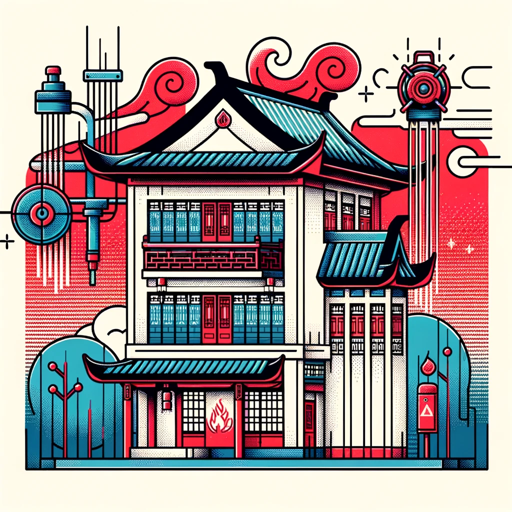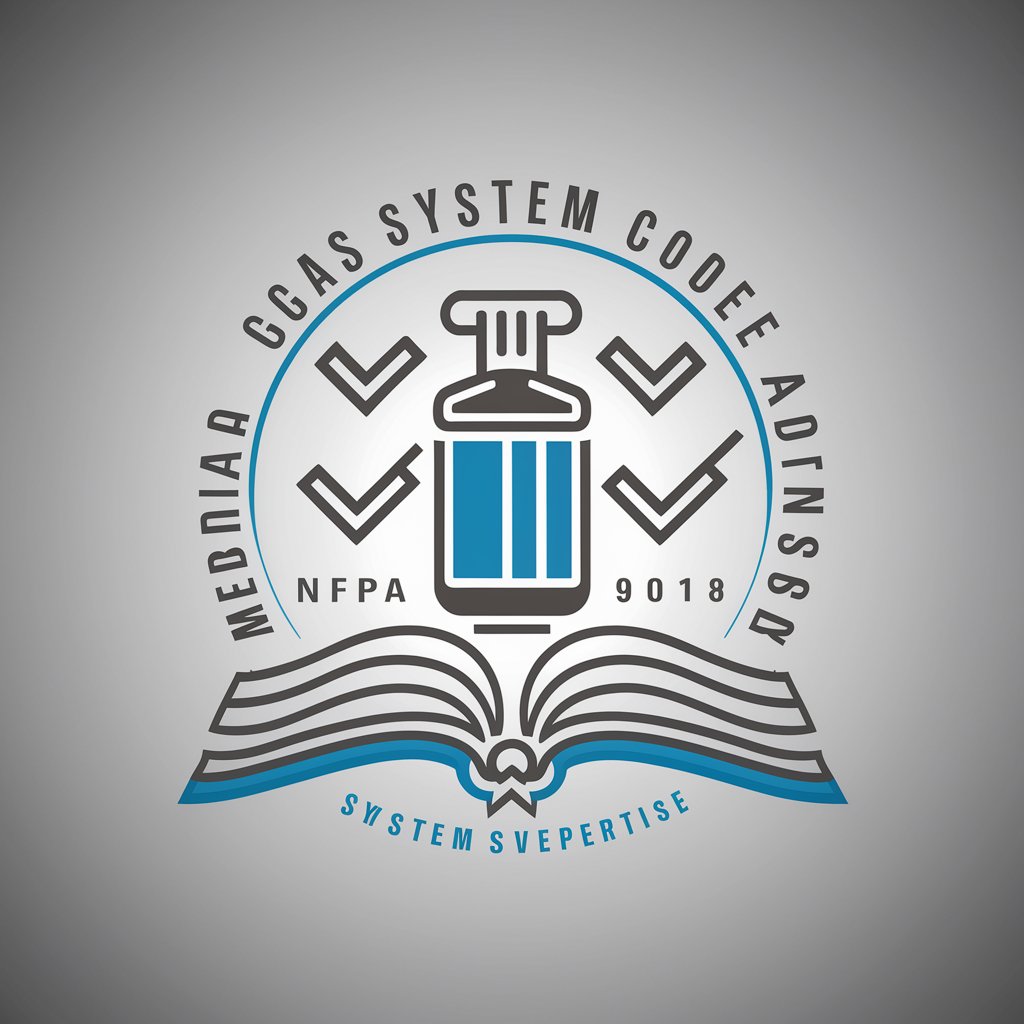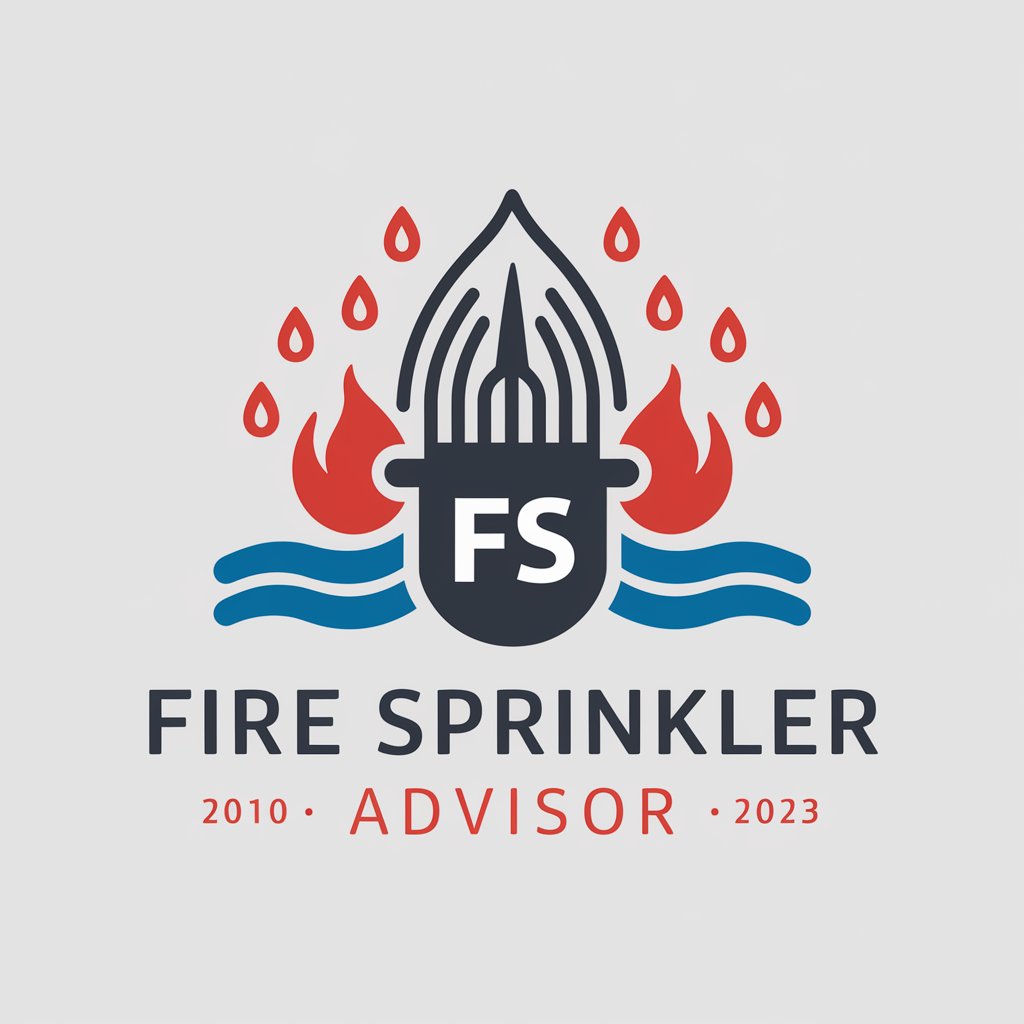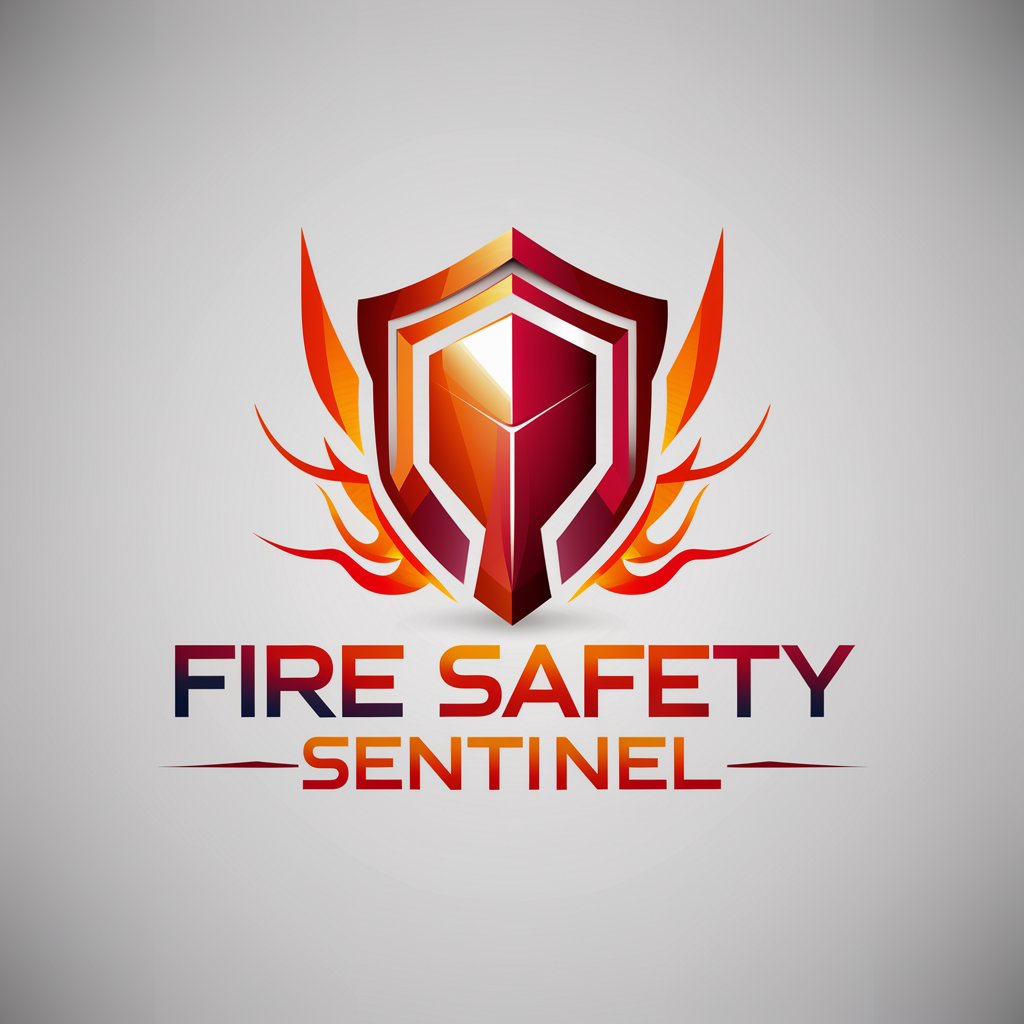
Gaseous Fire Suppression Design - Gaseous Fire Suppression Design
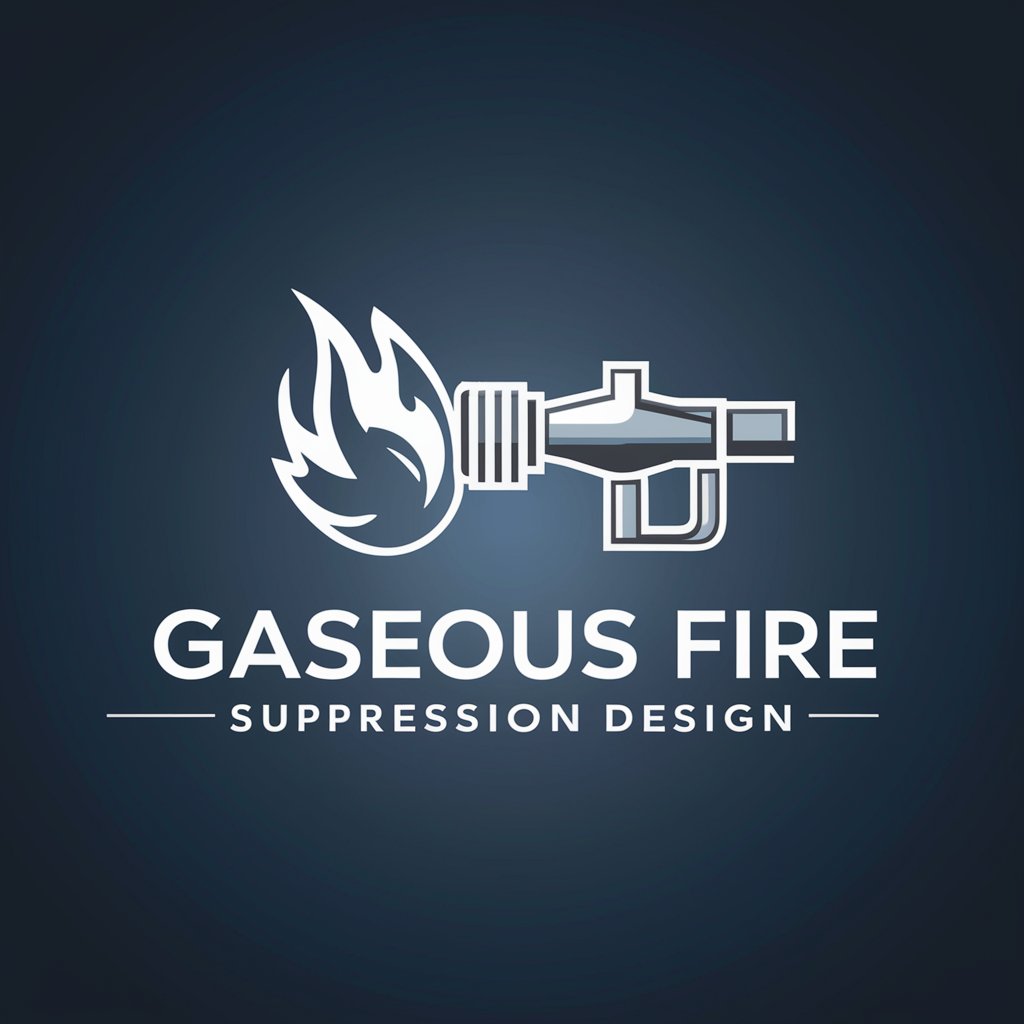
Welcome to Gaseous Fire Suppression Design, your expert in precise fire suppression solutions.
Engineer Safety with AI Precision
Explain the calculation method for determining the required gas concentration in a suppression system.
Describe the main differences between CO2 and inert gas fire suppression systems.
What are the key factors to consider when designing a gaseous fire suppression system for a data center?
Provide an overview of the maintenance requirements for a gaseous fire suppression system as per ISO 14520 standards.
Get Embed Code
Introduction to Gaseous Fire Suppression Design
Gaseous Fire Suppression Design involves engineering tailored solutions to control or extinguish fires using gas-based agents, rather than traditional water-based systems. This design strategy is crucial in environments where water could damage sensitive equipment, such as in data centers, or pose a safety hazard, such as in electrical installations. A key aspect of this design is the careful calculation of the appropriate gas concentration needed to suppress a fire without compromising human safety. An example of its application is in server rooms where extinguishing a fire quickly with minimal damage and downtime is critical. Gaseous agents like FM-200 or NOVEC 1230 are selected based on their effectiveness, environmental impact, and safety profile. Powered by ChatGPT-4o。

Main Functions of Gaseous Fire Suppression Systems
Fire Detection and Activation
Example
FM-200 system
Scenario
In a scenario involving a telecommunications facility, the system detects an increase in heat or smoke and automatically releases the FM-200 agent, which quickly extinguishes the fire without leaving residue, thus protecting sensitive communication equipment.
Agent Storage and Distribution
Example
Argonite system
Scenario
In a museum housing invaluable artifacts, the Argonite system is designed to store the gaseous agent under pressure in cylinders. Upon fire detection, the system releases the gas uniformly, displacing oxygen in the room to a level where combustion stops, but allowing enough time for evacuation without harming the artifacts.
Post-Discharge Ventilation
Example
Inergen system
Scenario
In a control room of a power plant, after the discharge of Inergen to suppress a fire, the design includes an automatic ventilation system. This helps to clear residual gases and restore the atmosphere to safe levels, ensuring both the safety of personnel and the quick resumption of operations.
Ideal Users of Gaseous Fire Suppression Design Services
Data Centers and Server Rooms
These facilities require quick and effective fire suppression solutions that do not damage sensitive electronic equipment. Gaseous systems provide a clean agent solution that leaves no residue and minimizes downtime, which is crucial for data integrity and continuous operation.
Archives and Museums
Institutions housing priceless artifacts and documents benefit from gaseous fire suppression due to the non-destructive nature of the agents. These systems ensure the preservation of valuable items under strict environmental conditions.
Healthcare Facilities and Pharmaceutical Manufacturing
Places where cleanliness and contamination control are vital use gaseous fire suppression systems to avoid the risks associated with water damage from traditional fire sprinklers, ensuring the safety of patients and delicate pharmaceutical products.

Using Gaseous Fire Suppression Design
Initial Access
Visit yeschat.ai to explore Gaseous Fire Suppression Design without needing to sign up or subscribe to ChatGPT Plus.
Understand the Standards
Familiarize yourself with relevant ISO 14520 standards to ensure compliance and effective use of the system design.
Gather Requirements
Compile specific requirements including room dimensions, types of materials present, and fire risk assessments related to the protected space.
Utilize the Tool
Input your detailed specifications into the Gaseous Fire Suppression Design tool to generate system design and material recommendations.
Review and Adjust
Critically review the generated system designs for any potential improvements or necessary adjustments based on practical considerations and safety standards.
Try other advanced and practical GPTs
BULLEN (Startup Investment Analyzer)
Empowering Investment Decisions with AI

Bullet Point Buddy
Transform Text into Points Instantly

Was schenken? / Welches Geschenk wählen?
Discover the perfect gift, powered by AI.

Sticker Creator
Design. Peel. Stick. Repeat.

CFA GPT
AI-driven mock questions and essays.

Travel+Feel magazine | A-ROSA Kreuzfahrten
Discover Europe with AI-Powered Cruising

Can this be printed? - Ask AM-Advisor
Empowering AM design and production

PCB (Printed Circuit Board) Designer
AI-powered PCB design for everyone

PCB
AI-powered PCB design and simulation tool

How does Sciene Work?
Empower Your Curiosity with AI-Driven Science Exploration

What does this code do?
Decipher Code Instantly with AI

What does fox say
Harness the power of AI for logical solutions.

Gaseous Fire Suppression Design Q&A
What are the ISO 14520 standards?
ISO 14520 standards are guidelines for gaseous fire extinguishing systems, focusing on system design and testing to ensure effective and safe fire suppression.
How do I calculate the required amount of suppression agent?
The calculation involves determining the volume of the protected space and the specific concentration required of the suppression agent, based on the type of fire risk and the material's properties.
Can this tool help design systems for server rooms?
Yes, the tool is particularly useful for designing fire suppression systems for environments like server rooms where electronic equipment is susceptible to damage from conventional water-based systems.
What is the importance of room integrity tests?
Room integrity tests are crucial to ensure that the enclosure can maintain a sufficient concentration of gas for the required duration to effectively suppress a fire.
Does the tool provide documentation for system maintenance?
Yes, the tool generates comprehensive documentation that includes maintenance schedules, system layouts, and operational guidelines.
